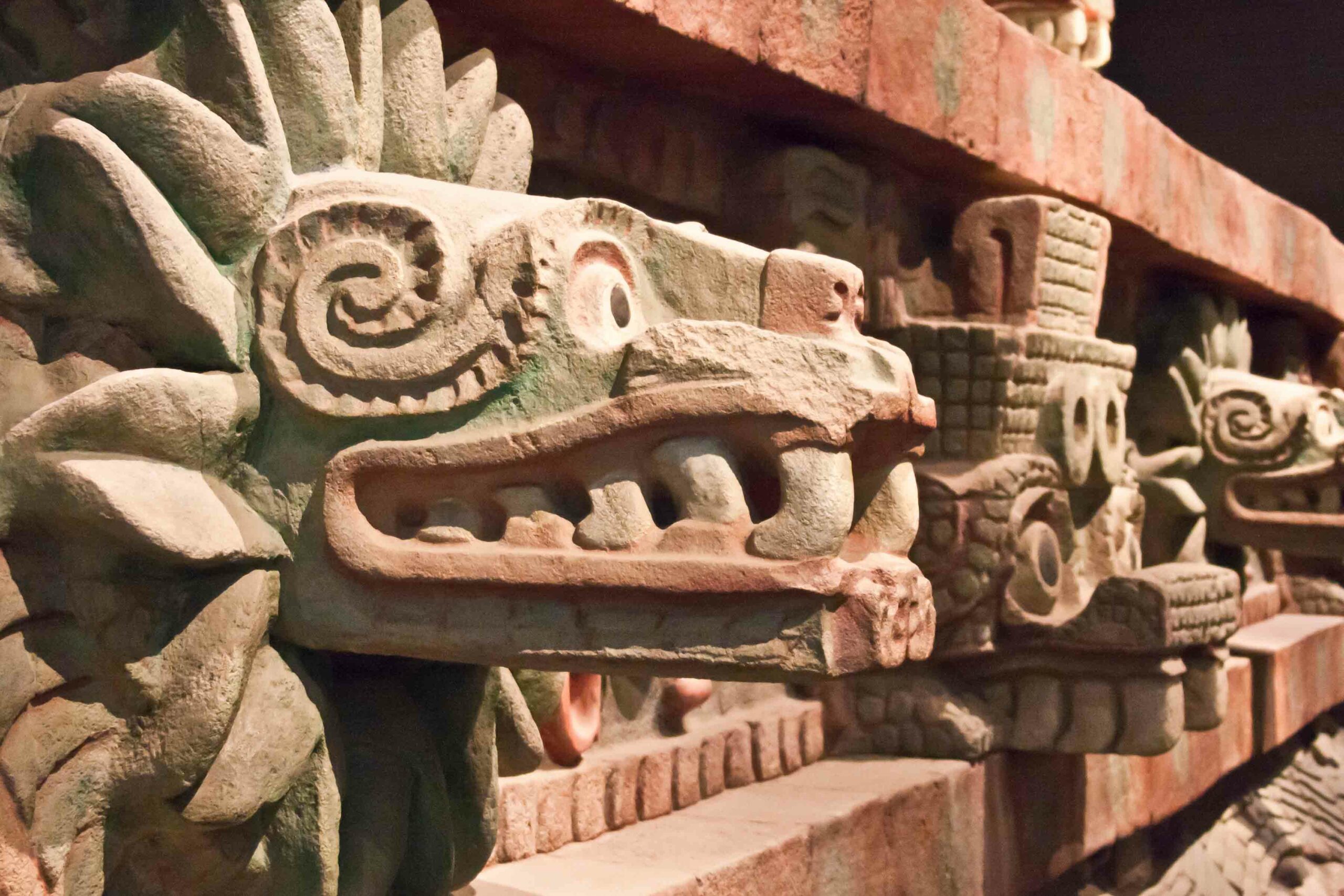Latest News
-
 Alanya Alaaddin Keykubat University
Alanya Alaaddin Keykubat University -
 Tamra Walter
Tamra Walter -
 Andrea Squitieri
Andrea Squitieri -
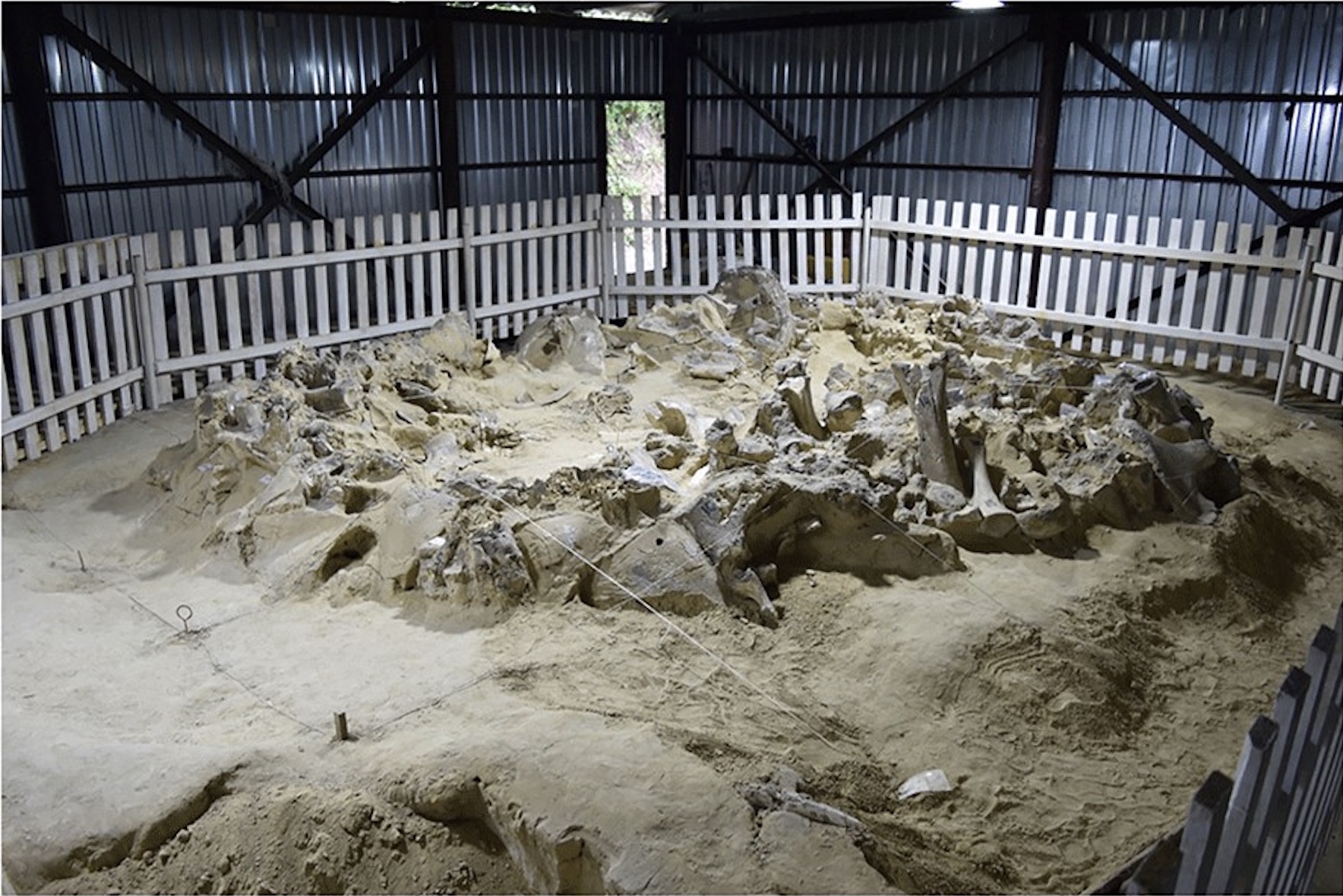 Chu et al. 2025, Open Research Europe
Chu et al. 2025, Open Research Europe
-
News December 29, 2025
Sites in Iraq Suggest Zoroastrians and Christians Were Neighbors
Read Article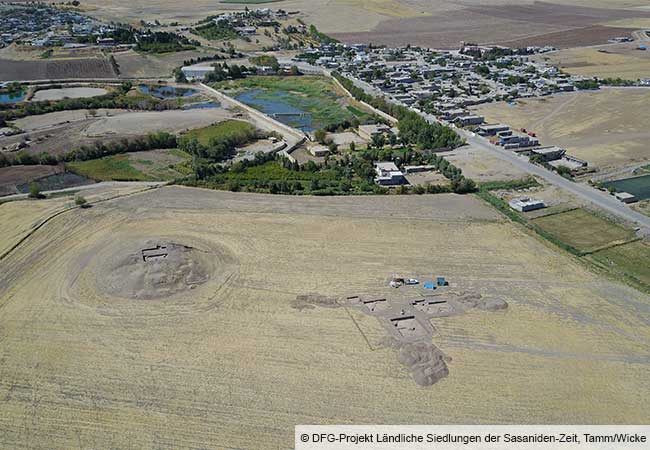 © DFG-Projekt Ländliche Siedlungen der Sasaniden-Zeit, Tamm/Wicke
© DFG-Projekt Ländliche Siedlungen der Sasaniden-Zeit, Tamm/Wicke -

-
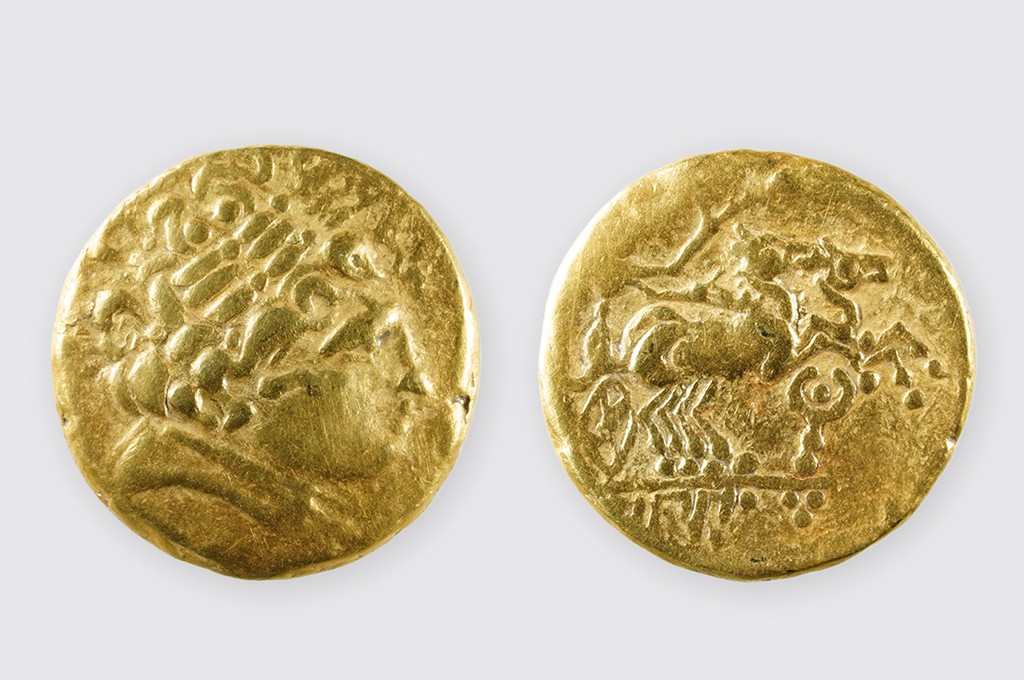 Photo: Nicole Gebhard/© Archaeology Baselland
Photo: Nicole Gebhard/© Archaeology Baselland -
 University of Cambridge
University of Cambridge
-

-
News December 23, 2025
Model Simulates Possible Encounters Between Modern Humans and Neanderthals
Read Article
-
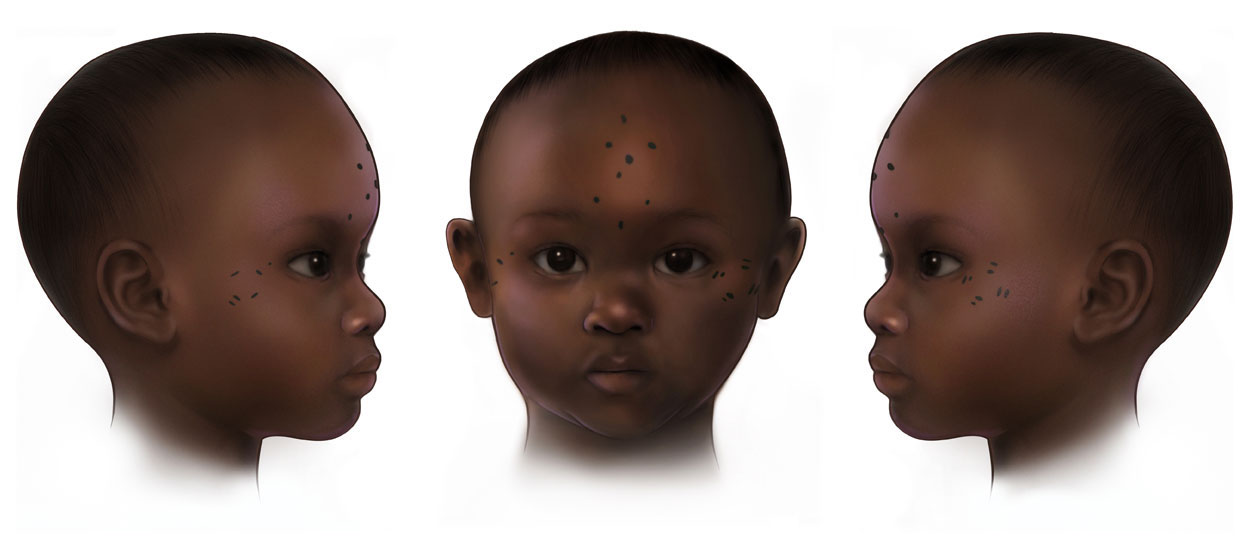 Illustration by Mary Nguyen
Illustration by Mary Nguyen -
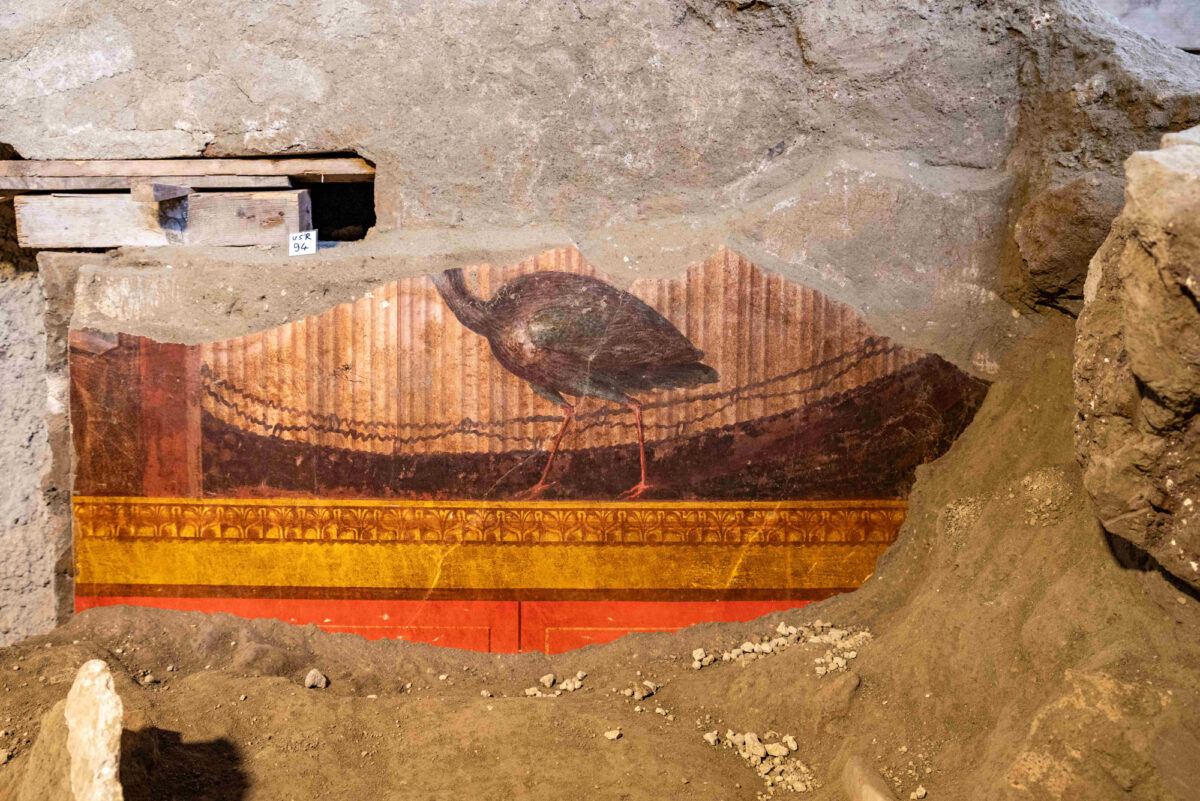 Archaeological Park of Pompeii
Archaeological Park of Pompeii -
 Courtesy of Face Lab at Liverpool John Moores University
Courtesy of Face Lab at Liverpool John Moores University -

-
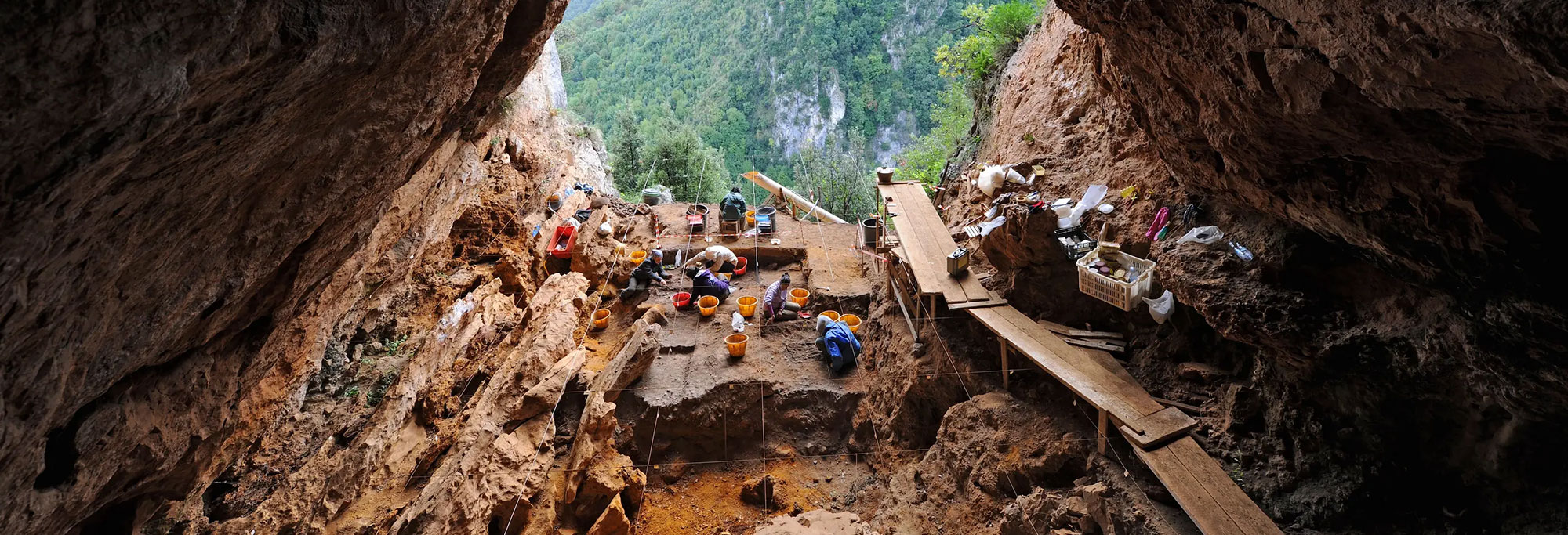 © Felice Larocca, CRS "Enzo dei Medici"
© Felice Larocca, CRS "Enzo dei Medici" -

-

-
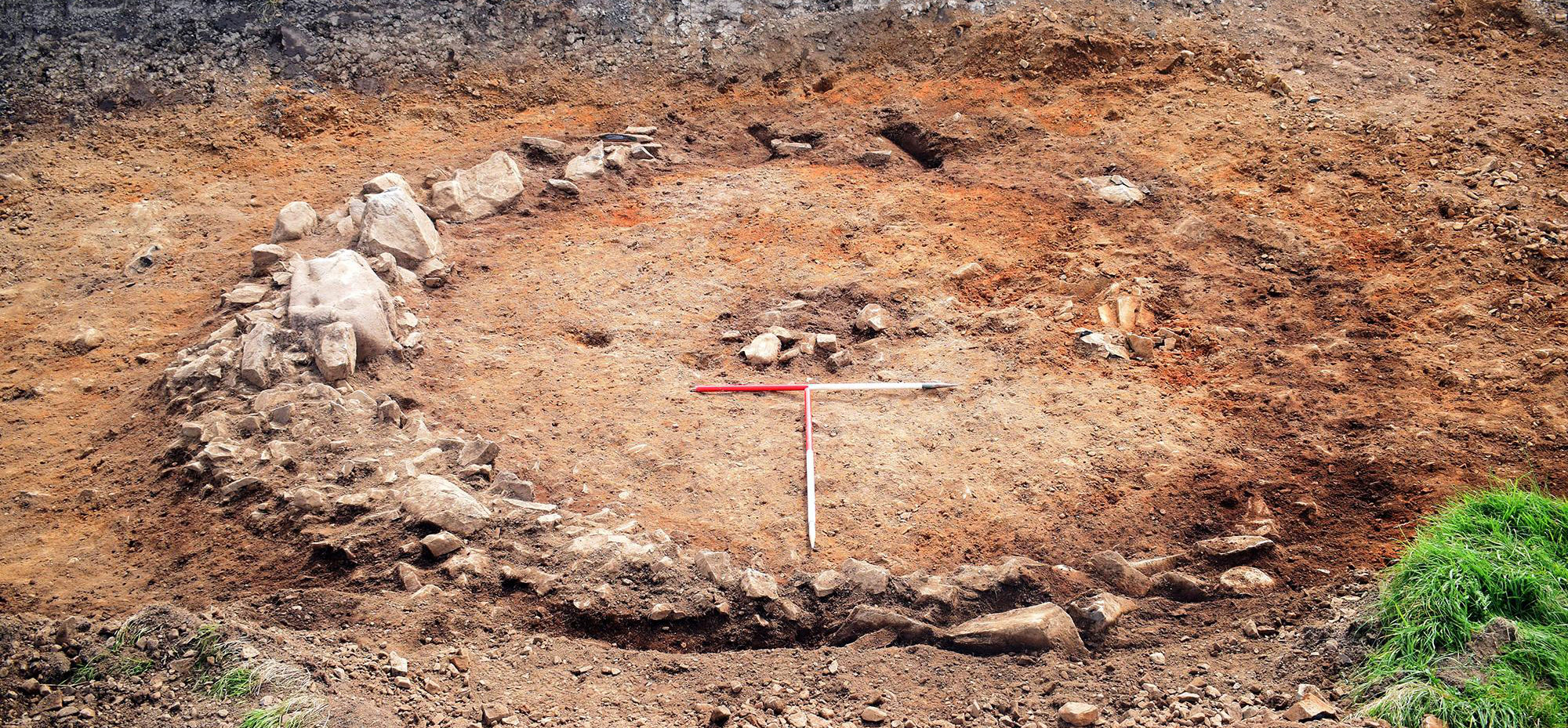 © GUARD Archaeology Ltd
© GUARD Archaeology Ltd -
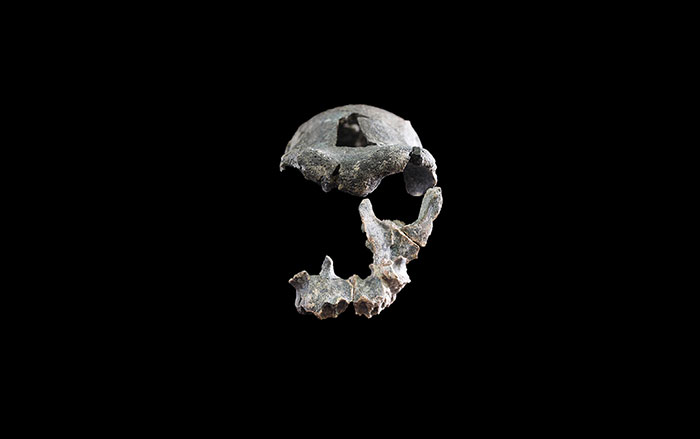 Dr. Michael Rogers
Dr. Michael Rogers -
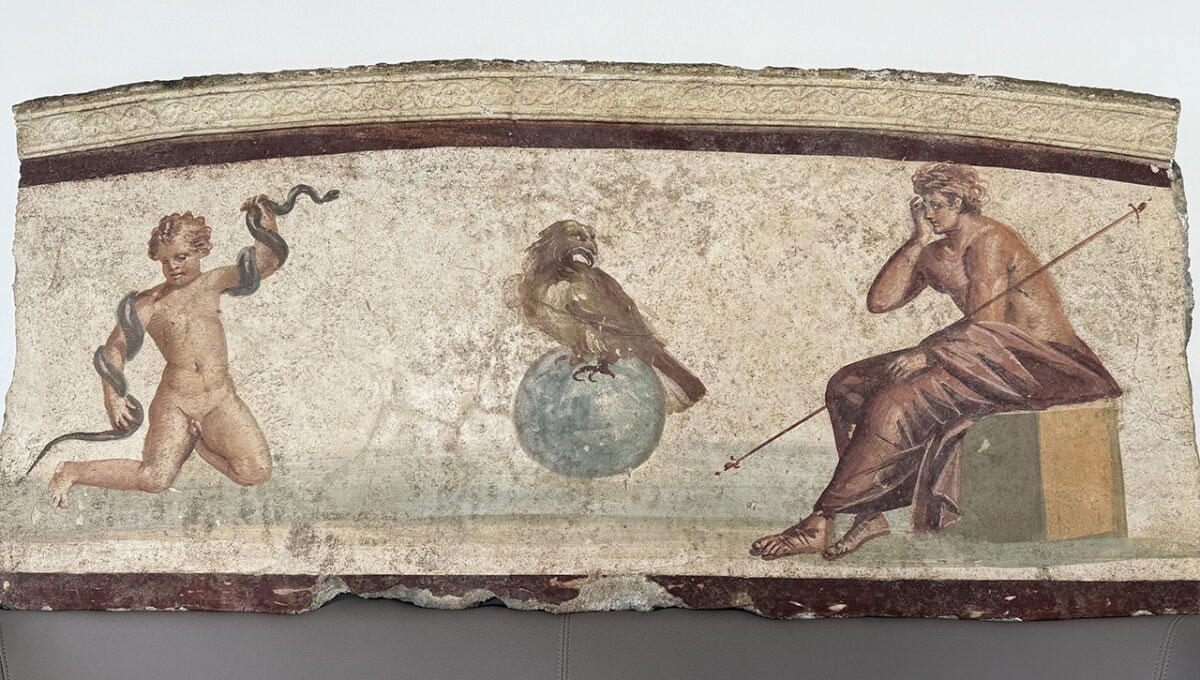 Archaeological Park of Pompeii
Archaeological Park of Pompeii
Loading...


